The ocean is teeming with life, yet many of its most fascinating creatures remain in the shadows. While the flashy fish grab the spotlight, countless underrated species quietly carry out their essential roles, often unnoticed.
These unsung aquatic heroes might not have the fame of their more popular counterparts, but they’re no less remarkable. From their unique behaviors to their vital contributions to the ecosystem, each fish brings something extraordinary to the table.
It’s time to change that. Let’s shine a light on 18 lesser-known fish species that deserve more love. These creatures may not be the stars of the sea, but their stories and importance are worth discovering.
Get ready to meet the hidden gems of the underwater world—they might just steal your heart and become your new favorites!
Opah (Moonfish)
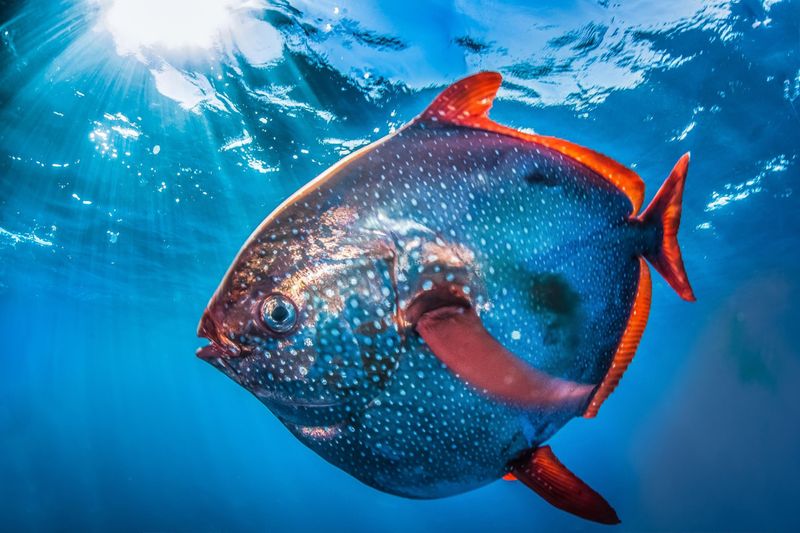
Opah, known for its vibrant color and round shape, is a deep-sea fish that often goes unnoticed. With its shimmering scales, the Opah resembles a swimming disc in the ocean’s depths.
This species is one of the few warm-blooded fish, allowing it to thrive in varying temperatures. Their striking appearance and unique physiology make them a fascinating subject of marine biology.
Despite their beauty, Opah are not commonly targeted by fishermen, making them a rare sight in markets.
Hogfish

The Hogfish, with its distinctive pig-like snout, is a master of disguise among coral reefs. This fish’s ability to change color provides excellent camouflage against predators.
The Hogfish’s elongated snout is perfect for rooting out crustaceans from the seabed, making it a unique predator in the marine environment.
Despite their striking appearance, Hogfish are not widely recognized outside of the diving community. Their quirky look and ecological role make them a species worth celebrating.
Gurnard
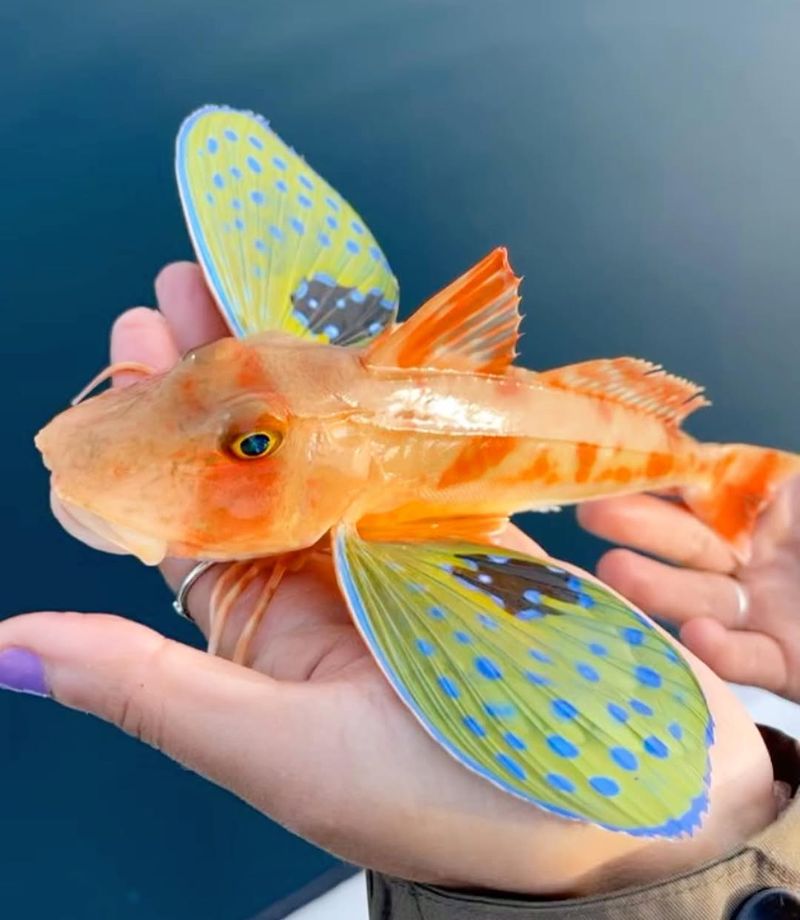
Gurnards are known for their wing-like pectoral fins, which they use to “walk” along the ocean floor. Their vibrant colors and unique behavior make them a spectacle in the underwater world.
These fins are not just for show; they help Gurnards detect prey in the sandy substrate. Often overlooked, Gurnards are fascinating creatures that showcase the diversity of marine life.
Their unusual locomotion and striking appearance set them apart in the fish kingdom.
Wolf Fish
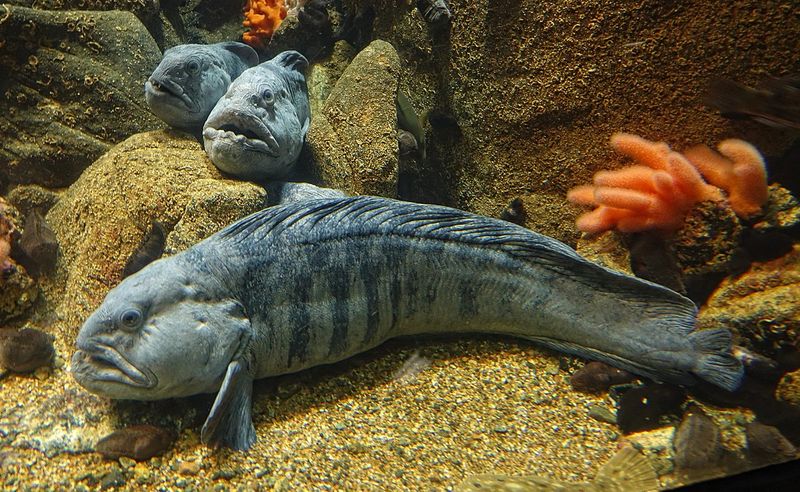
With its fierce appearance and powerful jaws, the Wolf Fish is a formidable predator of the northern Atlantic. This fish’s long, slender body allows it to navigate rocky crevices with ease.
Despite its intimidating look, the Wolf Fish plays a vital role in maintaining the ecological balance by controlling sea urchin populations.
Its ability to survive in harsh environments highlights its adaptability. The Wolf Fish’s unique characteristics and ecological importance make it a compelling species.
Garibaldi
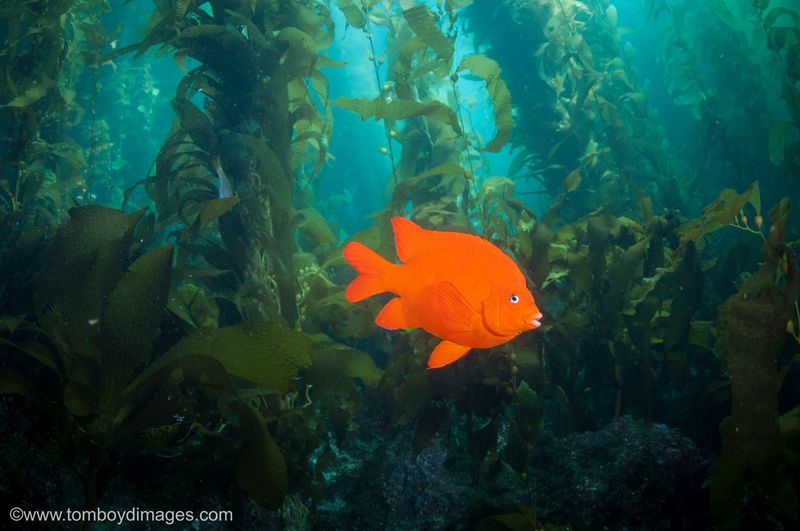
The Garibaldi, California’s state marine fish, is a vibrant orange damselfish that adds a splash of color to kelp forests. Known for their territorial nature, Garibaldi are diligent defenders of their underwater homes.
Their bright hue and bold behavior make them a favorite among snorkelers and divers. Often overshadowed by more famous marine species, the Garibaldi deserves recognition for its striking appearance and role in coastal ecosystems.
Wobbegong
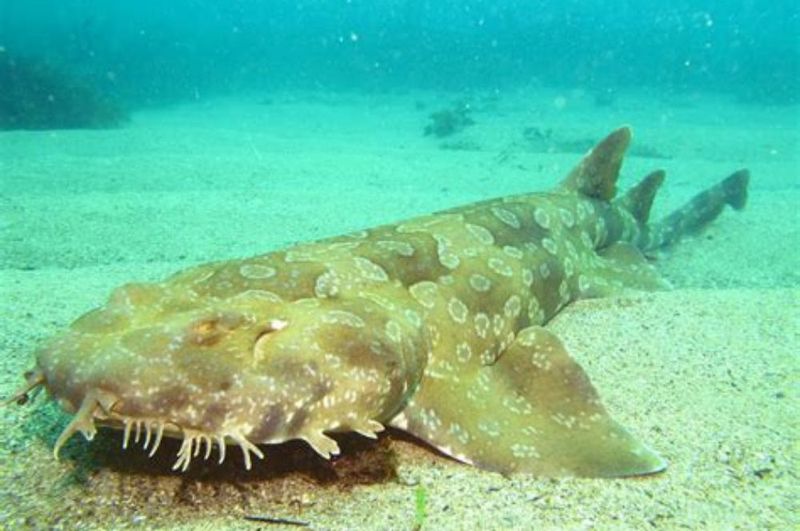
Wobbegongs, often called carpet sharks, are masters of disguise on the ocean floor. Their unique, ornate patterns blend seamlessly with the sandy substrate, making them stealthy predators.
These bottom-dwellers are not aggressive towards humans but are fascinating due to their cryptic appearance. Wobbegongs’ ability to remain undetected is a remarkable survival tactic in the wild. Their presence is a reminder of the ocean’s hidden wonders.
Cobia
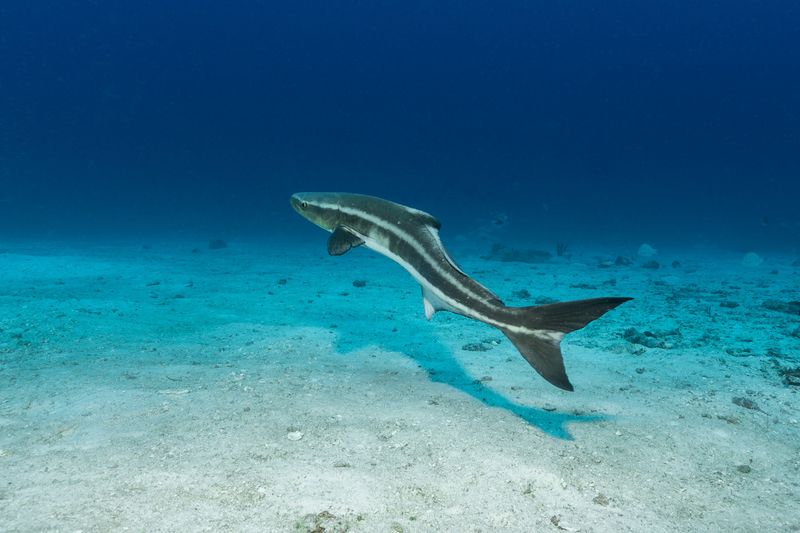
Cobias are powerful swimmers, known for their sleek, torpedo-shaped bodies. Their dark stripe and energetic nature make them a sight to behold in open waters.
Cobias are highly migratory, often traveling vast distances across oceans. Despite their athletic build and dynamic lifestyle, they remain lesser-known among sportfish.
This migratory nature plays a crucial role in maintaining marine biodiversity, showcasing their importance beyond appearance.
Peacock Flounder
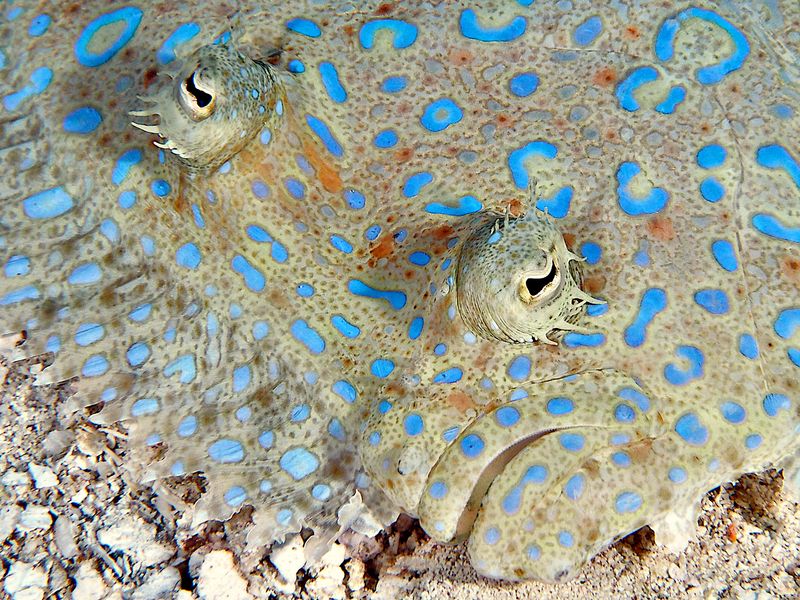
Peacock Flounders are masters of disguise, with their vibrant, iridescent spots helping them blend seamlessly into the ocean floor. Their flat bodies and ability to change color make them exceptional hunters.
By lying in wait, they ambush unsuspecting prey with precision. Despite their striking beauty, Peacock Flounders often go unnoticed by those unfamiliar with marine life.
Their unique hunting strategy and colorful appearance make them an intriguing species to watch.
Triggerfish
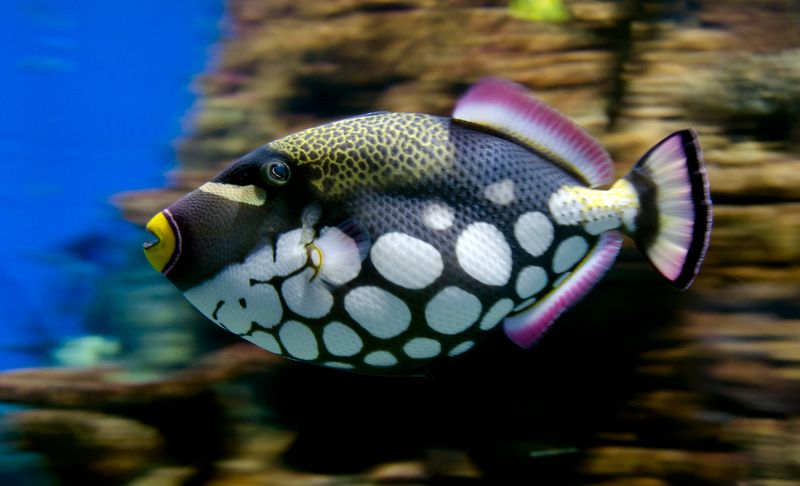
Triggerfish are known for their tough, durable bodies and vibrant patterns. These intelligent fish can be quite territorial, using their strong jaws to crack open hard-shelled prey.
Their presence in coral reefs is crucial for maintaining the balance of the ecosystem, as they control the population of sea urchins and other invertebrates.
Despite their importance, Triggerfish are often overshadowed by more popular reef inhabitants. Their bold colors and distinctive behavior make them a delight to encounter underwater.
Parrotfish
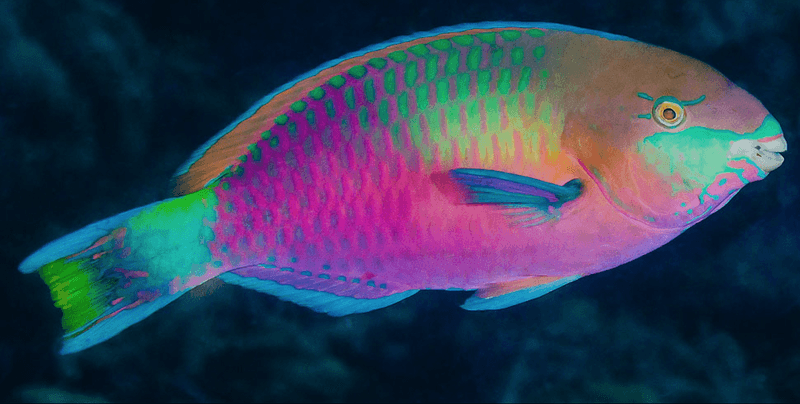
Parrotfish are the artists of the reef, their beak-like mouths scraping algae off corals and contributing to the creation of sandy beaches. Their vivid coloration and unique feeding habits make them a spectacle in tropical waters.
By maintaining coral health, Parrotfish play a vital role in reef ecosystems. Despite their ecological significance, they often go unnoticed by the casual observer.
Their vibrant hues and critical role in coral health make them a fascinating species worth exploring.
Frogfish

Frogfish are masters of disguise, with their lumpy bodies allowing them to blend perfectly into coral reefs. Their unique appearance is matched by their hunting strategy, using a lure to attract prey.
Despite their sedentary nature, Frogfish can strike with lightning speed, making them effective ambush predators. Their ability to remain undetected is a testament to nature’s creativity.
Frogfish are a reminder of the hidden marvels within marine ecosystems, often overlooked by divers and snorkelers alike.
Ribbon Eel
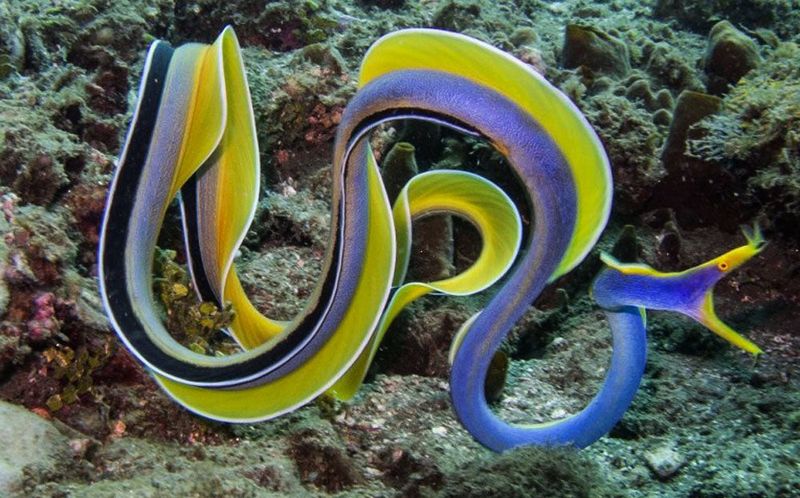
Ribbon Eels are known for their striking colors and slender, ribbon-like bodies. Found in coral reefs, their vibrant blue and yellow hues are a sight to behold.
As they mature, Ribbon Eels undergo a color change, adding to their mysterious allure. Despite their captivating appearance, they are often missed by divers due to their shy nature.
Their unique coloration and transformation make Ribbon Eels a captivating subject in the underwater world, deserving more attention from marine enthusiasts.
Porcupinefish
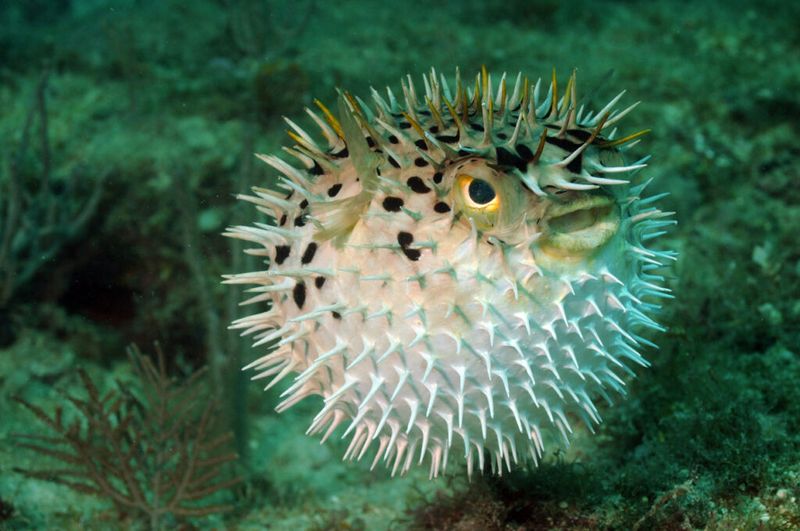
Porcupinefish, with their adorable round bodies and spines, are a delight to encounter in tropical waters. When threatened, they inflate into a spiky ball, deterring predators with their formidable appearance.
Their endearing looks and clever defense mechanism make them a favorite among divers. Despite their charm, Porcupinefish are often overshadowed by more prominent marine species.
Their unique defense strategy and playful appearance make them an intriguing focus for underwater exploration.
Pipefish
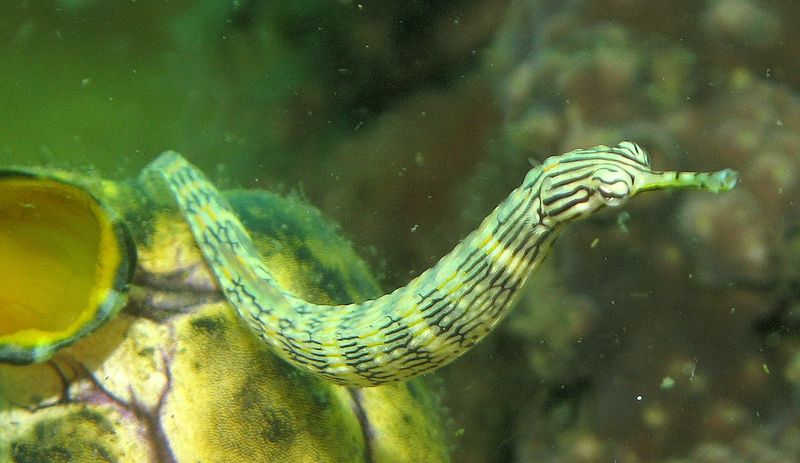
Pipefish, with their slender, elongated bodies, are close relatives of seahorses. Their graceful movement through seagrass is a mesmerizing sight.
Despite their delicate appearance, Pipefish are adept predators, using their tube-like mouths to suck in prey. Often overlooked, they are an essential part of the ecosystem, controlling small invertebrate populations.
Their elegant form and unique feeding method make Pipefish a species worth appreciating for those interested in marine life.
Rockfish
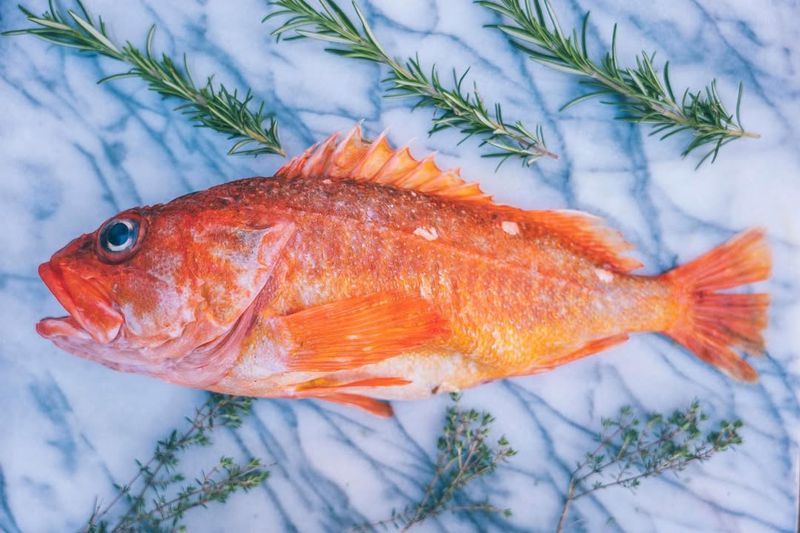
Rockfish are a diverse group, known for their stunning color variations and long lifespans. Found among rocky outcrops, they are integral to maintaining the balance of marine ecosystems.
These fish are known for their slow growth and longevity, making them vulnerable to overfishing. Despite their ecological importance, Rockfish are often overlooked by the casual observer.
Their vivid colors and role in the ecosystem make them a key species for conservation efforts.
Scrawled Filefish

Scrawled Filefish are known for their elongated snouts and intricate patterns that adorn their bodies. These curious fish are often found in tropical waters, where their vibrant colors and unique markings stand out.
Despite their striking appearance, Scrawled Filefish are not well-known outside of marine biology circles. Their gentle nature and distinct look make them a fascinating subject for underwater photographers and enthusiasts alike.
Dragonet
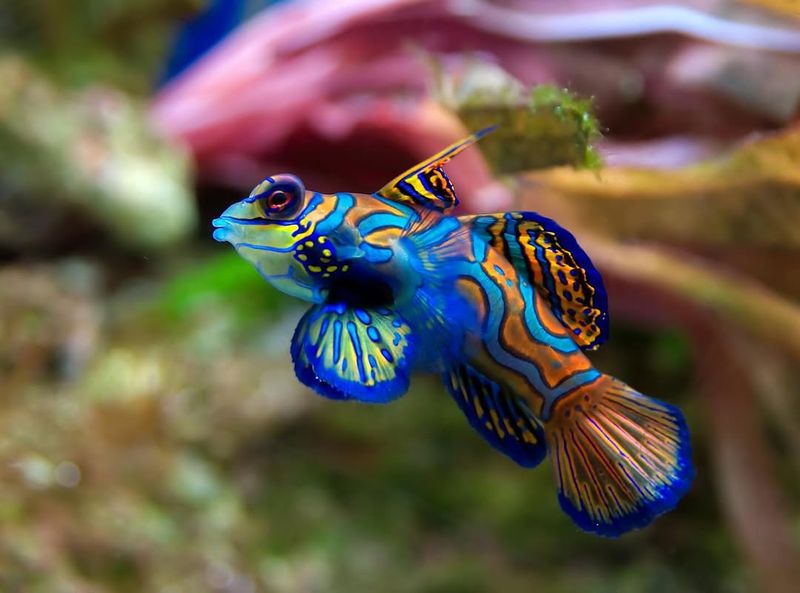
Dragonets are small, intricately patterned fish that are a delight to spot on the ocean floor. Their vibrant colors and elaborate designs make them a favorite among underwater photographers.
Despite their beauty, Dragonets are shy and often go unnoticed by casual divers. Their secretive nature and stunning appearance highlight the diversity and complexity of marine life.
Dragonets are a true testament to the artistry of nature, deserving more recognition in the aquatic world.
Banggai Cardinalfish
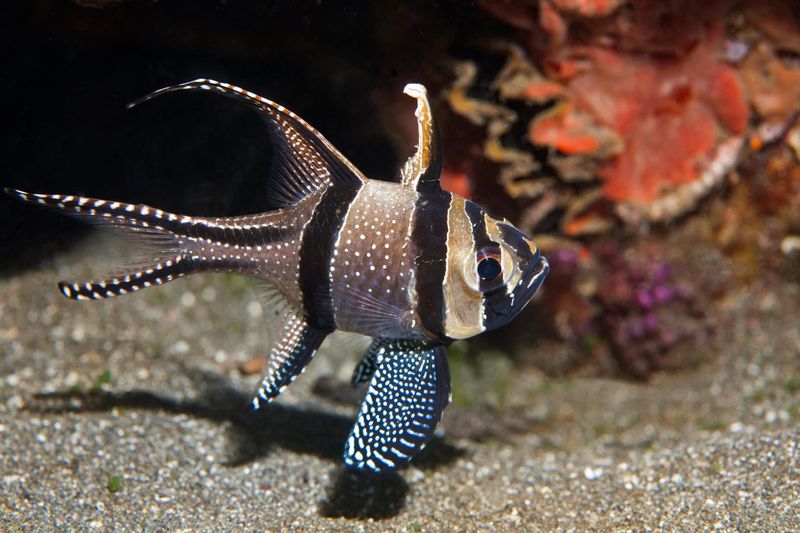
The Banggai Cardinalfish, with its elegant black stripes and long fin rays, is a striking inhabitant of the Indo-Pacific region. These fish prefer clear, shallow waters, where their dramatic appearance is easily admired.
Despite their beauty, Banggai Cardinalfish are threatened by over-collection for the aquarium trade. Their unique look and precarious status make them a species worth protecting and celebrating.
Their presence adds a touch of elegance to any marine environment.

